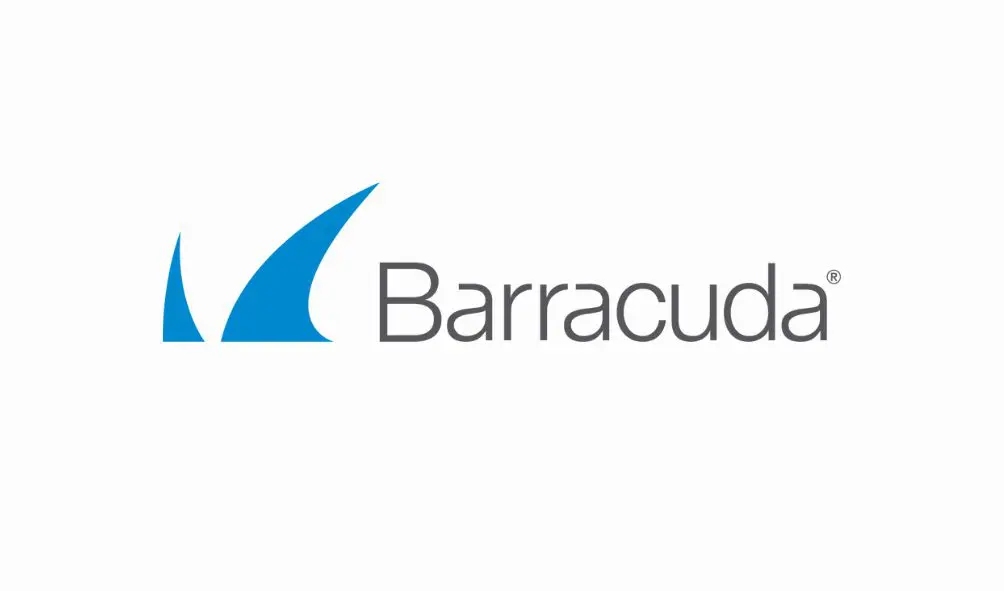Endpoint protection involves monitoring and protecting endpoints against cyber threats. This can be anything from your laptop, tablet or mobile device. As a business you want to do everything you can to keep your data protected and this is where endpoint security is essential.
SentinelOne provides a modern approach to endpoint protection. The platform allows for a seamless process for overseeing your data, control, access, and integration. This makes it a great option when considering security solutions for your business. In this article we give you an overview of SentinelOne, how it works and how it compares to similar solutions on the market.
How it works
The platform uses patented technology to protect businesses from cyber threats. The approach is considered multi-vector and uses static AI technology that takes the place of antivirus applications. Any suspicious actions are targeted in real-time and shut down fast with the reduction of downtime to almost zero. The features also work to fully mitigate unwanted changes and recover any lost data.
From data security, IoT security, end protection, endpoint detection, and response (EDR), SentinelOne has all the features you need to discover vulnerabilities and protect IT operations. Its features include attack anticipation and detection, threat hunting, auto immunisation and restoration, early threat detection as well as many more.
An award-winning solution
We might be singing SentinelOne’s praises but with good reason. Over the years the software has racked up an impressive number of awards and has been rated highly when it comes to overall performance. Here is just a brief overview of the achievements:
- Gartner Best Endpoint Detection and Response (EDR) Solutions
- SentinelOne was named a leader in the Magic Quadrant for Endpoint Protection Platforms for 3 consecutive years
- Outperformed a series of competitors on performance in 2019
How SentinelOne compares to competitor platforms
When it comes to the competition, there are solutions including Crowdstrike and Microsoft Defender which are some of the leading providers in the EDR/EPP space. When comparing SentinelOne to Crowdstrike, SentinelOne is not dependent on involvement from human analysts or cloud connections, unlike Crowdstrike. Instead, it uses the features of an EDR agent that carries out analyses to protect endpoints from both known and unknown threats.
When comparing the solution to Microsoft, one key difference is that SentinelOne offers an extended detection and response (XDR) capability, which is a more comprehensive approach to threat detection and response that involves collecting and analysing data from a wider range of sources, such as endpoints, networks and the cloud whereas Microsoft Defender is primarily focused on endpoint protection. These are just some reasons that set SentinelOne apart but of course your decision comes down to who you are and what kind of security solution you need.
We hope this article has given you more insight into SentinelOne software and answered some questions for those looking for an effective endpoint security solution. To find out more about SentinelOne and your options, contact our team who can help.




